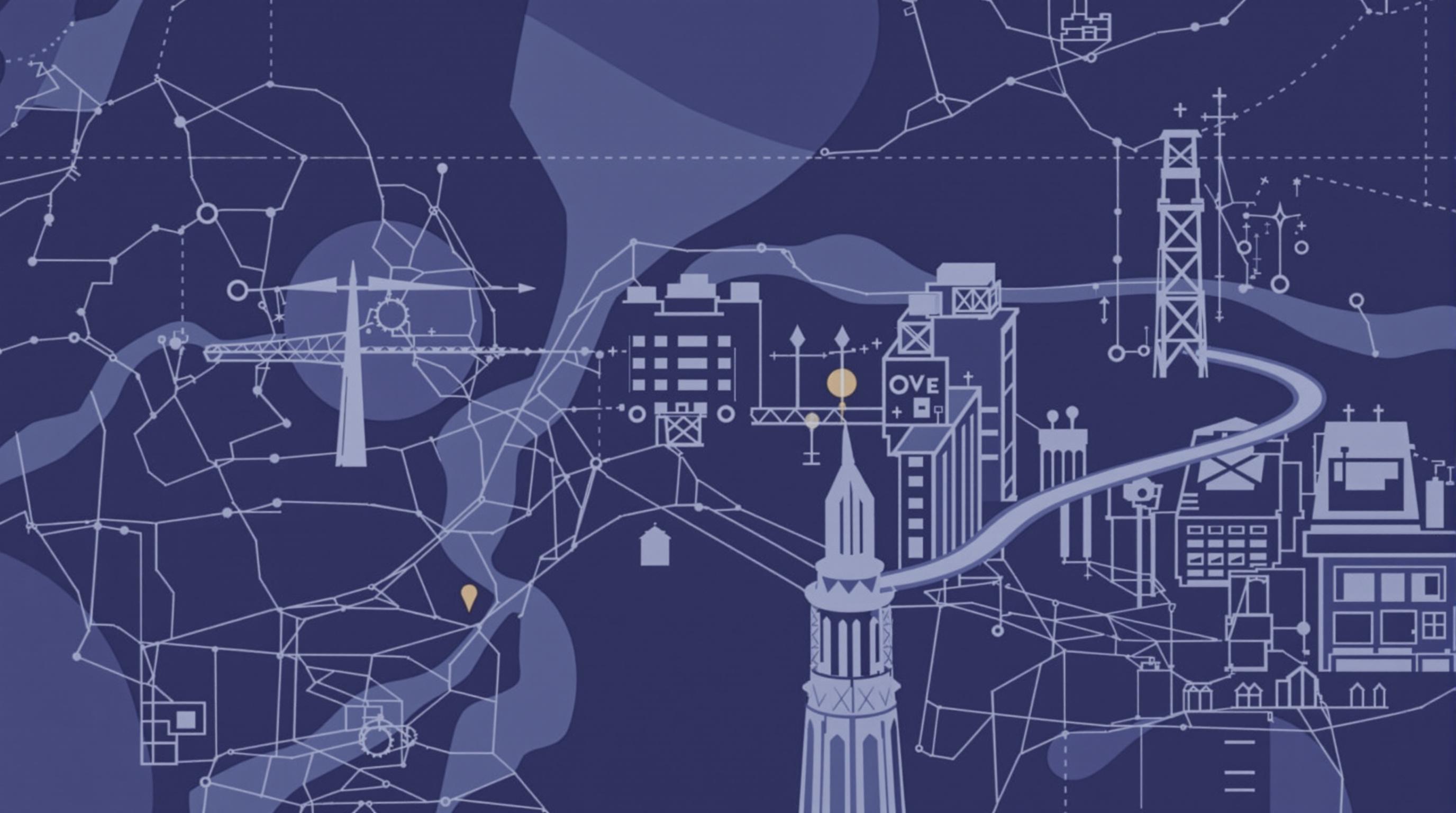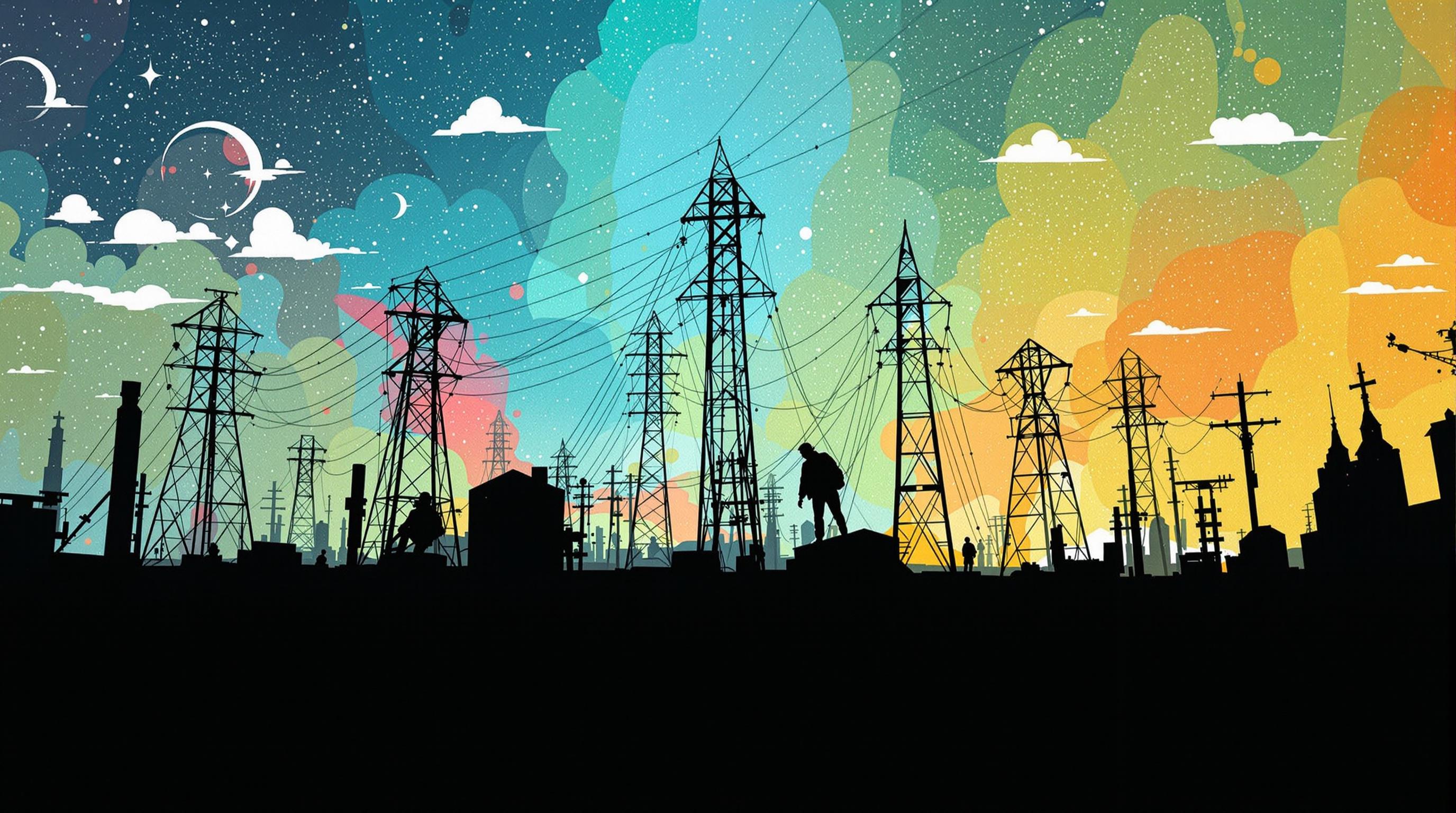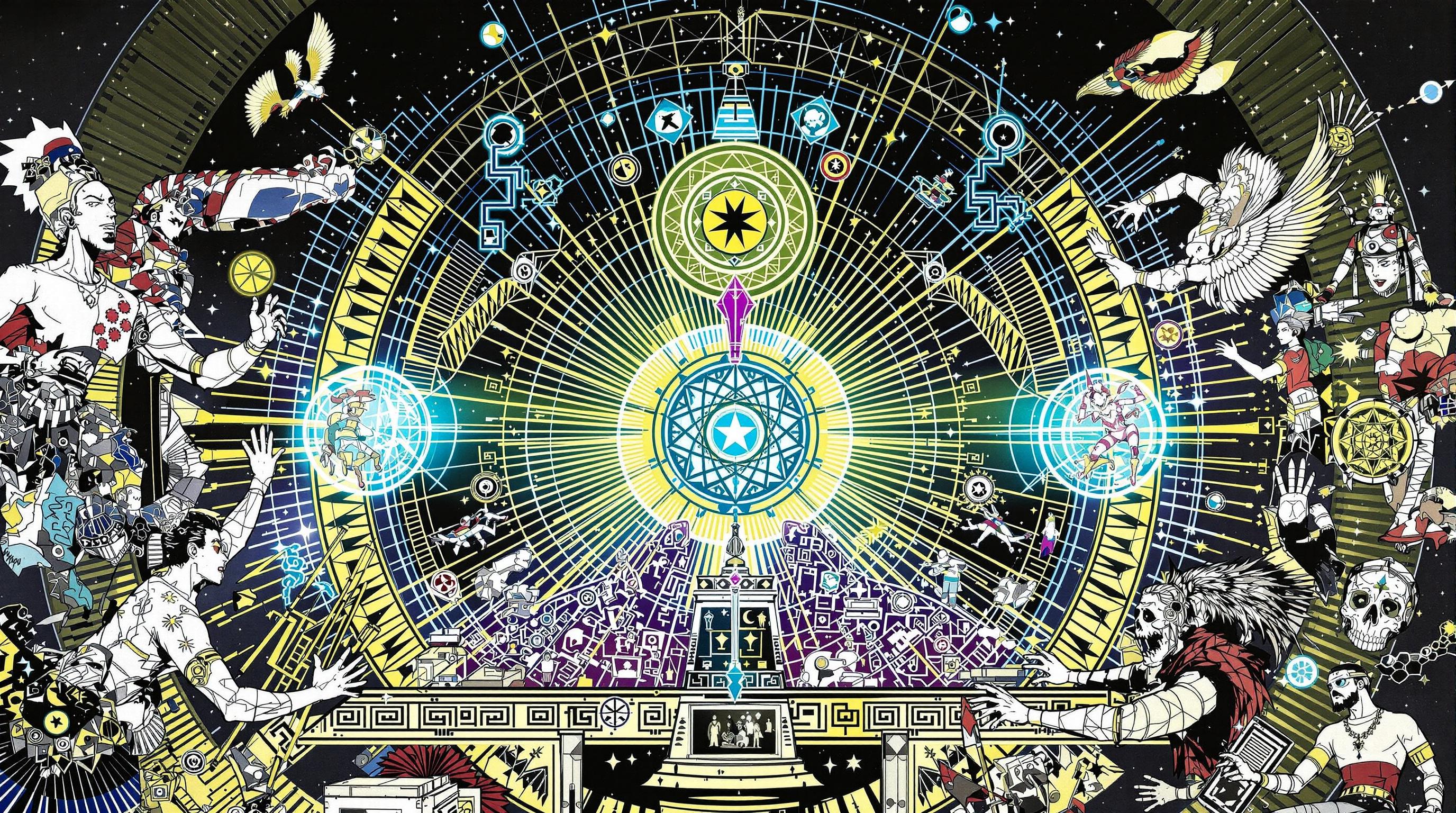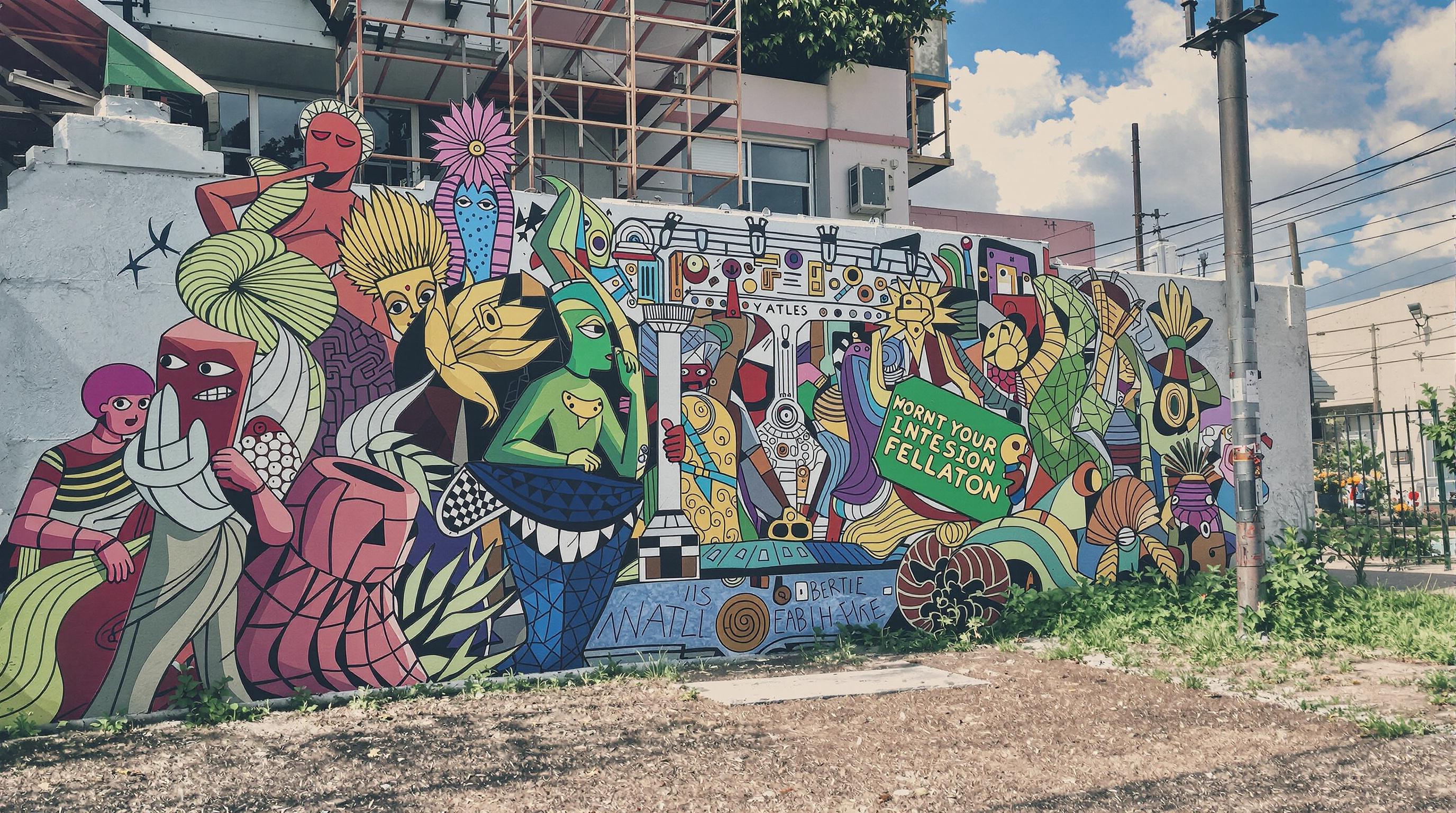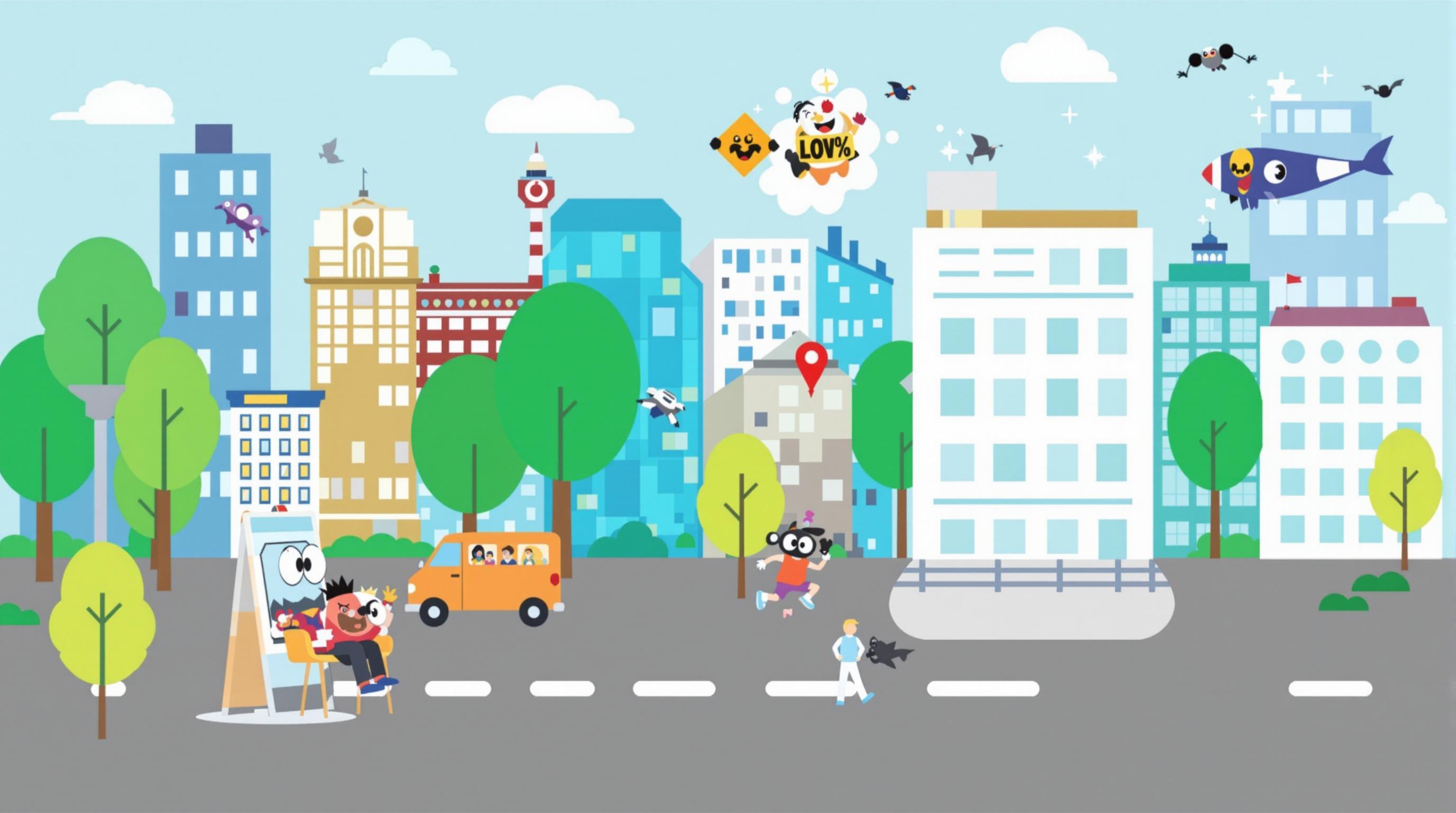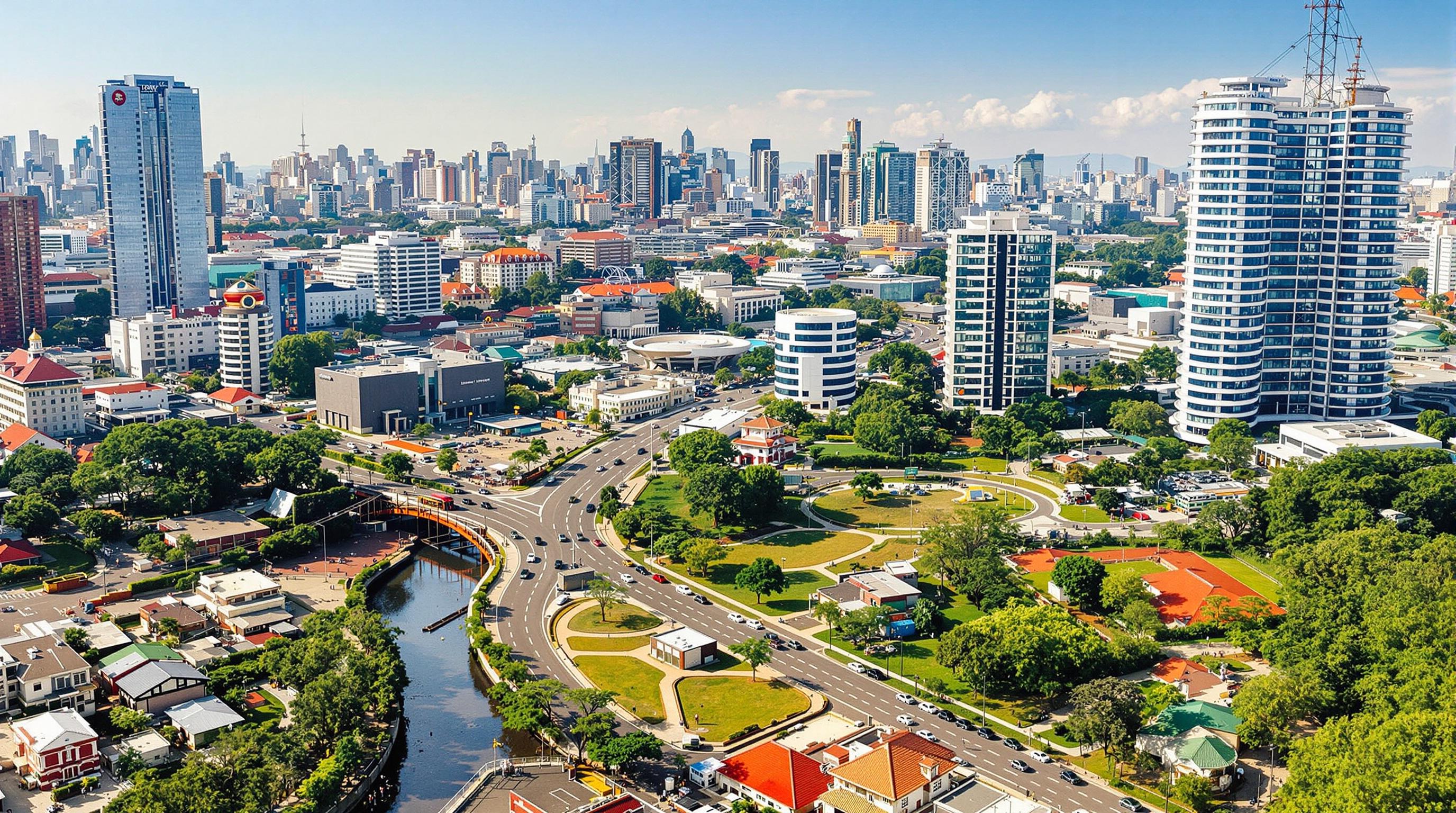Related Articles
- Harnessing Nostalgia: How Memory Mapping Can Inspire Innovative Urban Infrastructure Solutions
- Revealing the Invisible: How Urban Legends Influence Public Perception of Infrastructure Projects
- Whimsical Structures: How Playgrounds Can Inspire Innovative Approaches to Urban Infrastructure Development
- The Enigmatic Impact of Dark Fiber Networks on the Future of Digital Ecosystems and Their Capacity to Scale
- Beyond the Horizon: Exploring the Impact of Cultural Nuances on Global Digital Infrastructure Expansion
- Whispers of the Future: How AI-Driven Edge Computing Redefines Network Resilience and Flexibility
Harnessing Nostalgia: How Memory Mapping Can Inspire Innovative Urban Infrastructure Solutions
Harnessing Nostalgia: How Memory Mapping Can Inspire Innovative Urban Infrastructure Solutions
Nostalgia can be a powerful driver in shaping urban infrastructure, drawing on the collective memories of communities to inspire innovative design solutions. Memory mapping, a process of visually recording shared memories, can guide urban planners and architects in creating spaces that resonate with the public's emotional landscape, fostering a sense of belonging and identity.
The Concept of Memory Mapping
Memory mapping is a technique that allows individuals and communities to reflect upon their memories linked to specific places. By creating a visual representation of these memories, urban planners can identify what elements of a place evoke strong emotional responses. This can inform their approach to developing public spaces, street layouts, and community facilities.
A Case Study in Memory Mapping
Take the example of the city of San Francisco, where the organization "StoryMap" has worked with local residents to document memories of neighborhoods. One significant result was the reconception of a public park in the Mission District, where residents highlighted the need for artistic expression that reflects the rich cultural history of the area. As a result, the redesign incorporated murals from local artists, community gathering spots, and amphitheater-style seating—transforming the park into a vibrant community hub.
The Power of Nostalgia
Nostalgia isn't just a fuzzy feeling from the past; it's scientifically proven to have beneficial effects on community morale and individual well-being. In a study conducted by the Journal of Environmental Psychology, researchers found that nostalgic reminiscence can enhance feelings of social connectedness, ultimately fostering community spirit (Wildschut et al., 2006). Imagine walking through a revamped urban area that stirs your childhood memories of playing in the park or visiting a beloved local shop; this connection can significantly enhance user experience and urban satisfaction.
The Elements of Successful Public Spaces
For urban planners looking to evoke nostalgia and foster innovation, several elements can be particularly effective. These include:
- Sensory Engagement: Incorporating familiar smells, sounds, and textures can create a visceral experience that resonates on personal levels.
- Historical Context: Buildings and structures that nod to historical significance can evoke memories and stories that enrich one's sense of belonging.
- Community Interaction: Spaces designed for interaction—community events, markets, and collaborations—can reflect collective memories while encouraging new shared experiences.
Breaking Down Barriers with Humor
Let’s face it: urban infrastructure can sometimes be as exciting as watching paint dry. You know it’s bad when your most thrilling city experience is watching the grass grow in the park. But inject a little nostalgia into the mix, and suddenly, that park becomes the site where you played tag as a child, or where you learned to ride your bike. By mapping out memories, cities can unleash a wave of creativity and innovation that transforms ho-hum spaces into beloved community landmarks.
Statistics that Matter
Consider this: according to a survey conducted by the American Planning Association, over 59% of respondents indicated a preference for spaces that evoke memories of their childhoods or past experiences. This shows that tapping into nostalgia isn’t just whimsical—it’s a practical strategy for creating desirable urban environments. It’s like finding out that the secret ingredient in your grandmother’s recipe for chicken soup is love (and maybe a little bit of nostalgia for good measure!).
Engaging the Younger Generation
Nostalgia isn’t just for those with gray hair; even the Gen Z crowd can benefit from memory mapping. As an 18-year-old writer, I often feel disconnected from the urban designs of today, which sometimes overlook our shared experiences. By fostering an environment that invokes memories—from retro-themed cafés to skateboard parks modeled after iconic hangouts—cities can engage younger generations on a more emotional level, fostering community ties that span generations.
The Art of Listening to the Community
Innovative urban infrastructure should not be solely driven by architects and developers in boardrooms but rather be a collaborative effort that includes voices from the community. Hosting memory mapping workshops can be an effective means to gather insights and stories from the public. It’s akin to holding a potluck dinner, where everyone brings a dish (or memory) to contribute, resulting in a flavorful mix of ideas that are as diverse as the community’s population.
Case Studies from Around the Globe
One of the most notable examples of community-driven infrastructure is the “High Line” in New York City, a linear park built on an abandoned elevated railway. Local residents spearheaded its transformation by sharing memories of the space, illustrating how the city used to bustle with goods and people. This nostalgia-driven approach to redevelopment inspired a sustainable and beautiful green space—showing that even old railways can shine again with a bit of loving memory.
Looking Ahead: A Nostalgic Future
Urban planners should be mindful of the role nostalgia can play in shaping the cities of tomorrow. Looking ahead, incorporating memory mapping into urban design processes can lead not just to more user-friendly spaces but also to innovative tech solutions. For instance, the integration of augmented reality into public spaces where users can scan a QR code and relive a moment from the past could be immensely popular. “Remember the time when...” could become the motto as individuals take a stroll down memory lane while navigating modern infrastructures.
Debunking the Myths
Some skeptics might argue that nostalgia might romanticize the past, leading to impractical urban designs. However, nostalgia, when properly harnessed, can intertwine with innovation. Cities can celebrate their roots while integrating modern technology and sustainable practices. It’s about striking a balance—preserving the history that defines places while paving the way for novel advancements.
Real-Life Implementation
Implementing this nostalgic vision requires active advocacy and planning. Municipalities could create dedicated teams to lead memory mapping initiatives, partner with schools to fetch diverse perspectives, and even include artists to guide representation. For instance, engaging local schools in art projects—where kids can illustrate their favorite local spots—could yield a heartfelt collection of memories that inform future designs.
The Conclusion: A Collective Vision
In this era of rapid urbanization, the opportunity to combine modern needs with nostalgic representation is not just beneficial; it’s vital. An intentional focus on memory mapping can drive innovative solutions in urban infrastructure while reconnecting residents with their communities in a deep and abiding way. So here’s to the towns and cities that prioritize memories in their designs—may we all find our way back to those warm, fuzzy feelings intertwined with the places we call home.
